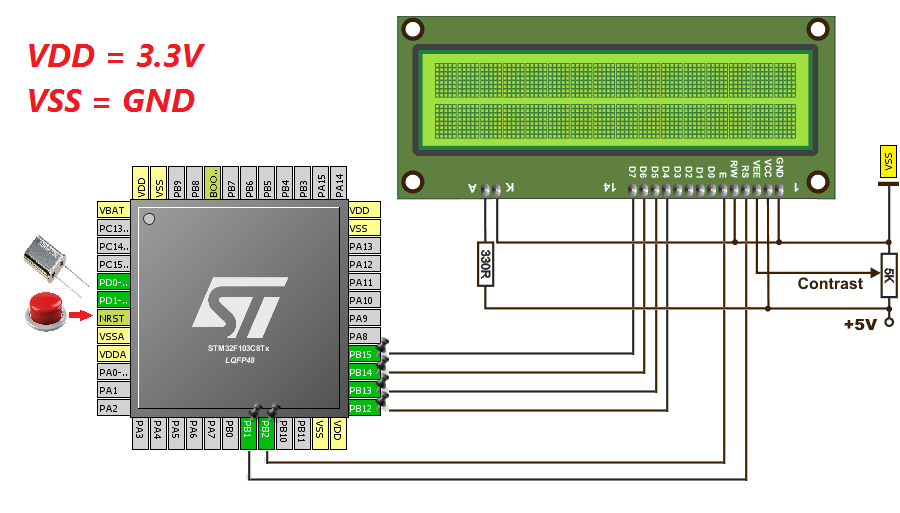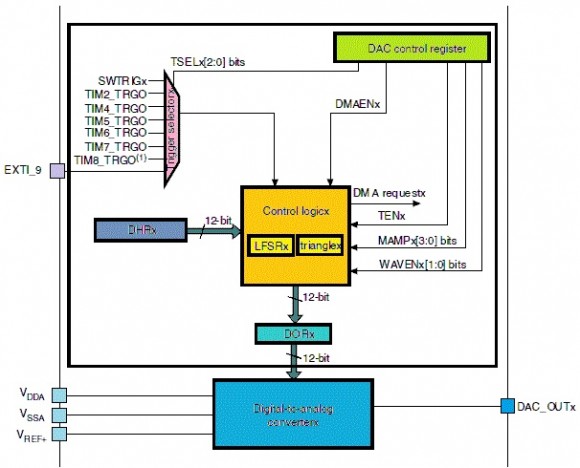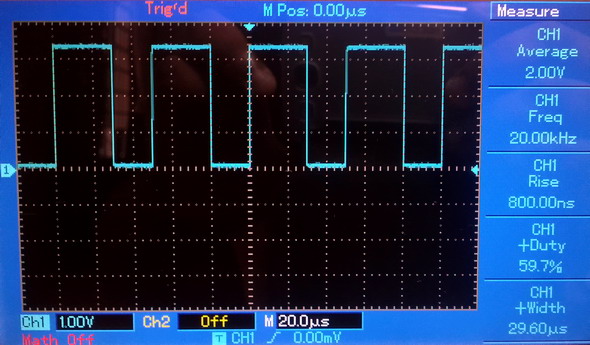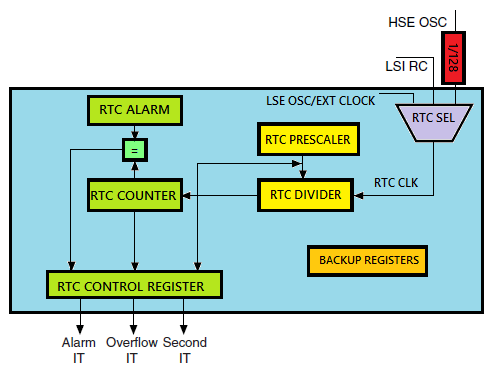STM32 tutorials
STM32F4xx series micros are far more advanced than anything else similar in the market. Apart from being fast 32-bit MCUs, STM32F4s have rich hardware peripheral support with DSP engine bonus. In terms of capabilities versus price tag, STM32F4s are all-square-winners. In recent times there’s a surge in the STM32 user community. STM32 Discovery boards are proliferating like never before. In several occasions recently, I received tangible amounts of queries from readers regarding integration of STM32F4xx Standard Peripheral Library (SPL) with MikroC Pro for ARM.
In traditional 8-bit MCUs aforementioned, the ADC block is somewhat incomplete and users have to work out tricky methods to solve certain problems. The ADC block of STM32 micros is one of the most advanced and sophisticated element to deal with in the entire STM32 arena. There are way too many options for this block in a STM32 micro. In this issue, we will explore this block.
Typically in most 8-bit micros, this block is unavailable and its need is somewhat loosely met with Pulse Width Modulation (PWM) block. This is partly because of their relatively less hardware resources and operating speeds. All STM32 micros also have PWM blocks but large capacity STM32s have DAC blocks too. The STM32 DAC block is not very complex and has similarity with the ADC block in terms of operating principle. The simplified block diagram below shows the major components of the STM32 DAC block.
All modern micros are embedded with timer-counter modules and generally they are used for generating time bases, counting pulses, measuring time periods of waveforms, generating pulse width modulation (PWM) signals, triggering external devices and timing special events. STM32 micros have several timers designed for such applications. However unlike most 8-bit micros which possess two/three timers with limited functionalities, the timers of STM32s are very elaborate and complex.
STM32s are in the list of those modern era microcontrollers that contains built-in RTC modules that require no additional hardware support. This tutorial covers basic features of STM32’s internal RTC and how to use it for time-keeping applications.




